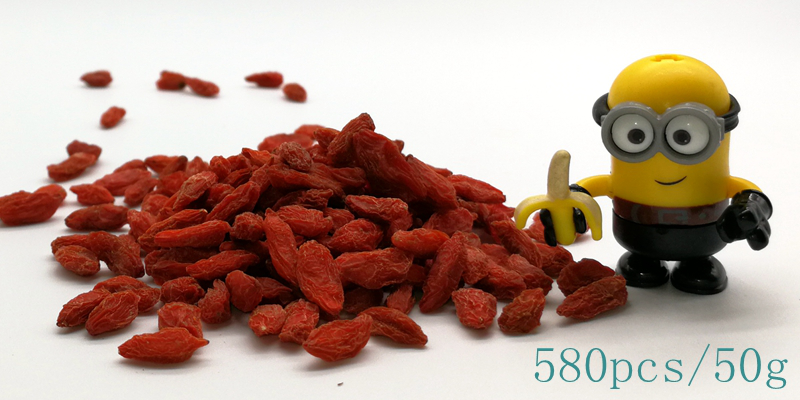Winter and spring water crab technology
First, stocking preparations to choose fresh water, sunny, rich aquatic plants, snails more water areas, aquatic plants not many places can be artificially planted or collected part of the plants to make up, so that the crabs can get enough animal and vegetable food, is conducive to promoting Crab growth. At the same time, nets and wooden stakes are used to enclose double layers of aquaculture waters, and it is advisable that the height be higher than the average annual water level by more than 1 meter. Before juvenile crabs are stocked, wild fish in the waters should also be removed to reduce natural enemies.
Second, the choice of seedling breeding efficiency is good or bad, seedling is essential. First of all, we should purchase the young crabs with neat specifications, strong physique, and no disease or injury. From the results of breeding for many years, the ecological soil pond nursery is more suitable for natural stocking than the industrial cement pool nursery, especially for large water surface stocking.
Third, stocking time Water stocking should be based on winter and spring, mainly in December and the following year in March and April are the best stocking season, cold, freezing, generally should not be stocked, to avoid frostbite, impact Survival rate.
Fourth, the scientific release of crab species should be based on the amount of natural food in the waters and economic strength. The 200/kg to 300/kg crab species are stocked at a density of 400/mu~600/mu. Areas with large areas, adequate feed, good water quality, and well-funded resources can also be properly increased, but should not exceed the natural feeding capacity of the water area. Before stocking, the crabs should be put on a temporary basis and the range should be larger. If the dehydration time of the purchased crab species is longer, it should be soaked in water for 1 minute to 2 minutes together with the net bag, and then removed and placed for 3 minutes to 5 minutes. This is repeated 2 times to 3 times until the young crab is fully absorbed. Re-enable the environment.
Fifth, feeding and managing large areas of water plants are abundant, generally do not need to feed feed in the early period, from June to September is the vigorous growth period of crabs, in order to continue and protect aquatic plants, this time should be fed in time snails, river clams, fish and shrimp meat and cereals , beans, pumpkin silk and so on. Generally, two feedings are conducted every day. Each meal is fed from 8 a.m. to 9 a.m. and from 17:00 to 18:00 p.m., and the daily feeding amount should be 5% to 7% of the crab body weight. It should be fed in the deep water area of ​​aquatic plants in the morning and in the shallow water area of ​​aquatic plants in the afternoon. In the meantime, the aquatic plants that have been bitten off by the crabs should be removed in time to avoid deterioration of the water. Usually, the combination of quicklime and mixed baits for internal medicine is regularly used to minimize the occurrence of diseases. Commonly used internal medicine beneficial heparin, FRC and so on.
Sixth, crabs to catch large water surface cultured crabs are different from ponds to raise crabs, should be timely fishing. Generally selected in early September, catch crabs before the natural genital migrating fishing, usually using cages and ecstasy array fixed arrest, the effect is good.
Size: 580 grains/50g.Consumed by both warriors and meditating monks alike, Goji berries (also known as Wolfberries), have been used in Asian herbal medicine for over 5,000 years and has been regarded as one of the most nutrient-rich foods on earth. They are a vegetarian source of protein containing high amounts of essential amino acids, vitamins C and A, and over 20 trace minerals and vitamins (including zinc, iron, phosphorus, B2, vitamin E, and carotenoids).
Our organic Goji Berries are certified organic and come from small farmers to ensure maximum quality and minimum waste.

Category
SO2
Pesticide
<10ppm
No pesticide (with organic certificate)
· USDA organic Certificate No.: A2015–00494/2016-07387 Authority :Kiwa BCS
· EU organic Certificate No.: A2015-00494/2016-07386 code:CN-BIO-141 Authority :Kiwa BCS


Consumed by both warriors and meditating monks alike, Goji berries (also known as Wolfberries), have been used in Asian herbal medicine for over 5,000 years and has been regarded as one of the most nutrient-rich foods on earth. They are a vegetarian source of protein containing high amounts of essential amino acids, vitamins C and A, and over 20 trace minerals and vitamins (including zinc, iron, phosphorus, B2, vitamin E, and carotenoids).
Our organic Goji Berries are certified organic and come from small farmers to ensure maximum quality and minimum waste.
Size 580 Organic Goji Berry,Ningxia Goji Berry,Low-Sulfur Goji Berry,Natural Fresh Goji Berry
NINGXIA UNION-SURE CO., LTD. , https://www.unionsuregoji.com
